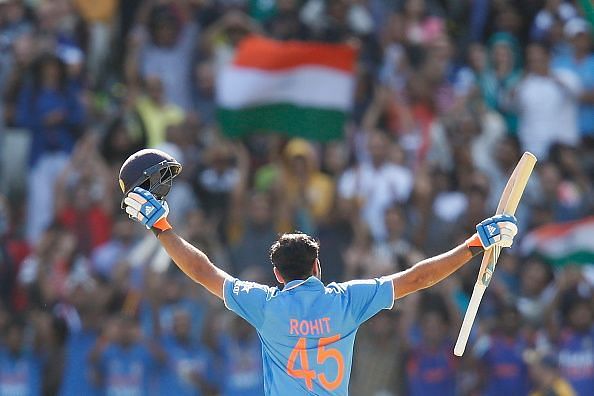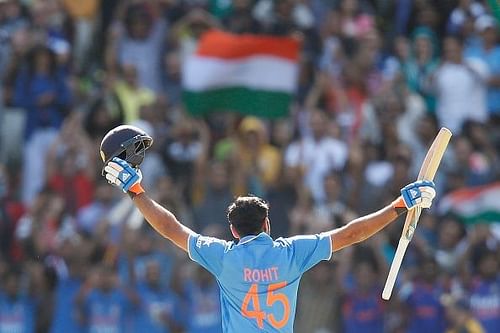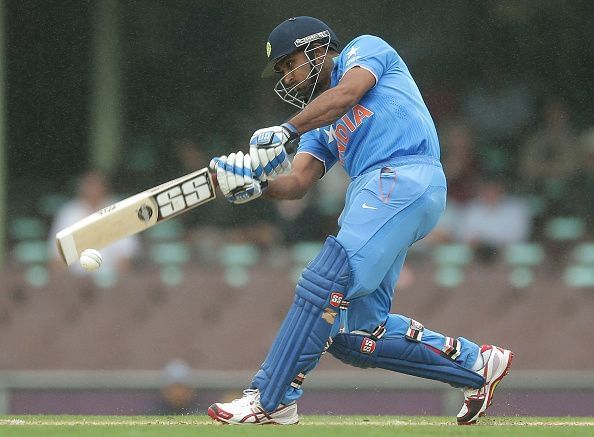
Opinion: India’s 'over-dependence' on top three batsmen is not a cause of concern

In the 4th ODI against West Indies, Virat Kohli had a rare failure, and Shikhar Dhawan failed to build on a good start. But one of the big three, this time Rohit Sharma, did the job for India with a daddy hundred of his own. However, with one of the big three doing the bulk of India’s batting, the talk of India’s over-dependence on them has become shriller.
It’s true that in the last three to four years, it’s Rohit, Dhawan, and Virat who have been the architects of most of India’s ODI victories. All three of them are firmly ensconced among the top 5 batsmen in the world. It’s also true that because of their brilliance at the top, India’s middle order has often not been required to contribute much.
Nobody denies that India’s middle order needs to be in prime shape and should do the job when required. But one must not press the panic button by looking at the consistent success of India’s top order as a problem. It cannot be such a bad thing when three of world’s five best batsmen happen to form the core of your batting!
Now let’s look at the question that keeps propping up quite frequently in TV and drawing room discussions these days: “What will happen if all the three fail in a particular match?” But such a question ignores the fact that it’s not just India, but any team in the world will struggle if their top three fail on a given day. So, this is not a problem typical or unique to only Indian cricket.
Moreover, how many such instances can we recollect from recent memory of all of India’s big three failing in a single match? It’s an extreme rarity. One cannot always harp back to the 2017 Champions trophy final to cite such an example and say that the middle order did not perform in that match when the top three failed.
This is a flawed argument. Because, if one looks at realistically, not just India, but the middle order of any other team would have struggled to be competitive chasing a three hundred plus target if the top three had failed early. If at all, the batting of Hardik Pandya that day is a proof of the courage and tenacity of India’s lower middle order batting.

Furthermore, the long-term investment in Ambati Rayudu at number four seems to be finally paying off. He may have gone under the radar, but his crucial knocks in the Asia Cup as well as in the ongoing West Indies series, including a very mature hundred in the 4th ODI today show that he too has come of age and can be trusted to bail India out, whenever required.
In the post-match interview after the first ODI, it was wonderful to hear the Indian Captain saying that they are looking at Rayudu as the long-term number 4. This vote of confidence from the captain must have also helped Rayudu’s self-belief and he is certainly doing a great job of showcasing his worth to the team as a dependable batsman.
Even Dhoni’s recent struggles with the bat not-withstanding, his brilliance behind the stumps and great tactical inputs on the field are invaluable to the team’s cause.
So, it’s high time people stopped exaggerating the issue of Indian cricket team’s ‘over-dependence’ on the top three and ‘lack of a settled middle order’. Let’s celebrate the fact that in Rohit, Dhawan and Kohli, India has the best top order in the world - by a long margin.